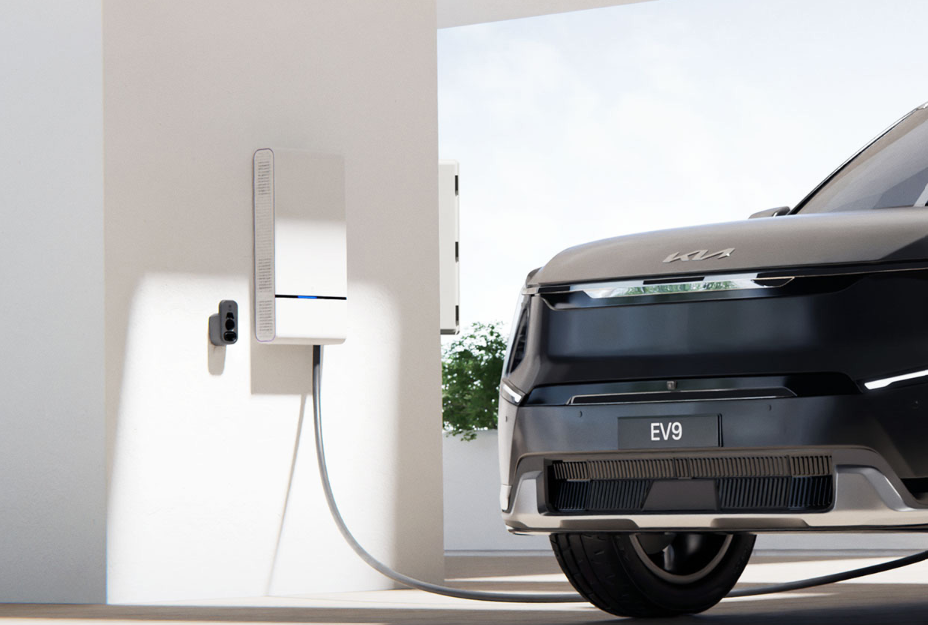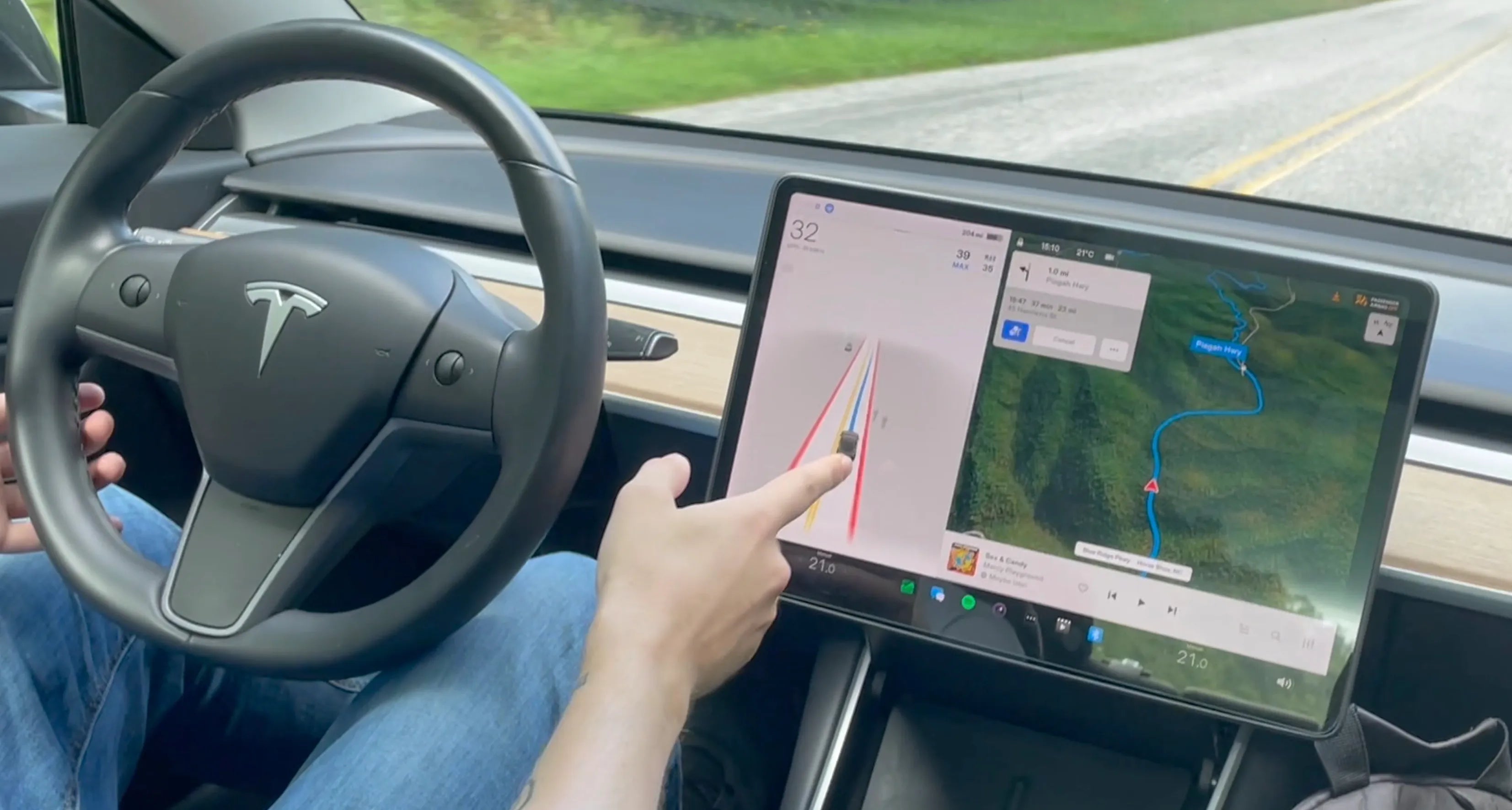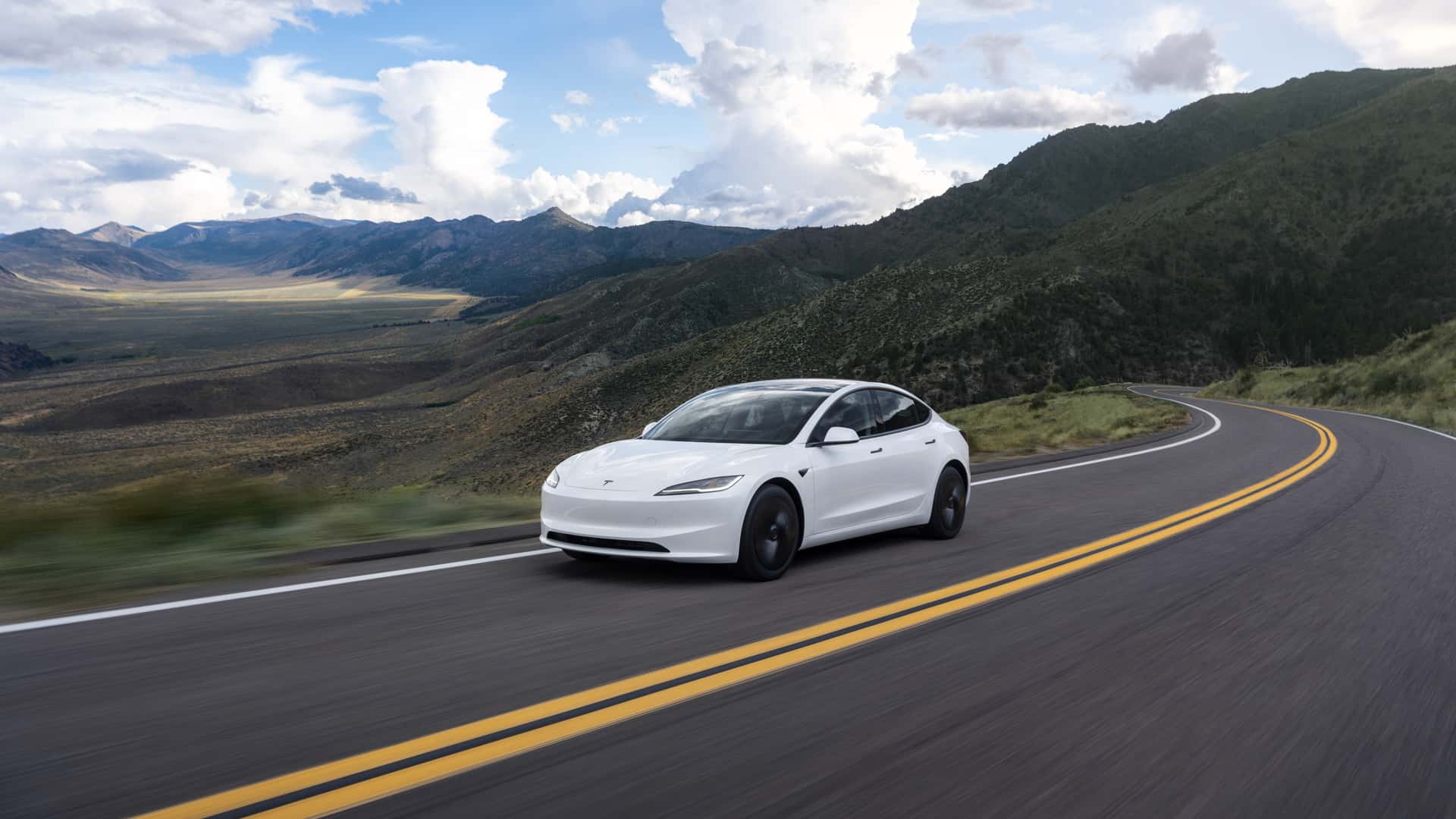Electric vehicles (EVs) have revolutionized the way we think about transportation, bringing cleaner energy and lower emissions into mainstream mobility. But at the heart of every EV is its battery—a critical component that determines range, performance, and ultimately, the vehicle's value over time. Extending the lifespan of an EV battery is not just a matter of economic sense; it’s essential for sustainable vehicle ownership.
This article explores how smart charging habits and proactive maintenance can significantly increase EV battery longevity. We will delve into what affects battery health, outline optimal charging behaviors, explain thermal management, and recommend specific tools—like EV charging accessories—that make a measurable difference.
Understanding EV Battery Degradation
EV batteries, typically lithium-ion based, degrade over time due to a combination of chemical wear and usage patterns. Degradation manifests as a reduction in total usable capacity, which directly impacts range. While most EVs come with battery warranties of 8 years or 100,000 miles, owners often notice gradual capacity loss well before then.
Primary causes of battery degradation include:
-
High charging speeds
-
Frequent charging to 100% or discharging to 0%
-
Excessive heat exposure
-
Prolonged parking at high or low states of charge
-
Poor thermal management
Understanding these factors is key to optimizing battery lifespan through smarter practices.
Smart Charging: What It Is and Why It Matters
Smart charging refers to practices and technologies that control when and how EVs charge to minimize stress on the battery and power grid. This includes scheduling, limiting charge levels, and leveraging off-peak electricity hours.
1. Avoid Charging to 100% Regularly
Charging to full capacity increases stress on battery cells. For daily driving needs, limit charging to around 80–90%. Save 100% charges for long trips.
2. Don’t Let Battery Drop Too Low
Repeatedly draining the battery to near zero also accelerates degradation. Ideally, keep the battery above 20%.
3. Use Level 2 Charging Over DC Fast Charging
Level 2 charging is less intense and better for long-term battery health. Frequent use of DC Fast Charging (especially in hot climates) can generate excess heat, harming cell structure.
Recommended Product:
-
EVDANCE Flux Tesla 40A Charger — Offers Level 2 home charging with smart scheduling and adjustable amperage, making it ideal for regular overnight use.
Charging Time and Scheduling
Off-peak scheduling not only saves money but often exposes batteries to more stable current delivery. Modern EVs and smart chargers allow you to set charging windows based on utility time-of-use rates.
Example Schedule:
-
Plug in at 8 PM
-
Charge starts at 12 AM (off-peak)
-
Charge stops at 80% or 6 AM, whichever comes first
This routine avoids battery stress while maintaining daily range needs.
Pro Tip: Use smart plugs or apps that track grid load and automatically pause charging when demand spikes.
Battery Thermal Management
Battery temperature management is essential to preserve lifespan. Lithium-ion batteries operate best between 20°C to 25°C (68°F to 77°F). Most modern EVs feature active thermal regulation, but owner behavior also matters.
Strategies to Keep Battery in Optimal Temperature Range:
-
Precondition the battery before fast charging, especially in winter
-
Avoid charging immediately after long, high-speed drives
-
Park in shaded or covered areas during hot weather
-
Limit fast charging on extremely hot or cold days
Monitoring and Diagnostics
Keeping track of your battery’s state of health (SOH), charge cycles, and temperature readings helps anticipate issues early.
Useful Tools:
-
In-vehicle energy dashboards
-
OBD2 diagnostic readers with EV-specific software
Tip: Monitor your charging habits monthly and track degradation trends to adjust strategies before damage sets in.
Proactive Maintenance Routines
Unlike internal combustion vehicles, EVs have fewer moving parts, but battery health demands attention.
Key Maintenance Practices:
-
Firmware Updates: Always install updates to benefit from improved charging logic or thermal management.
-
Coolant Checks: For EVs with liquid-cooled batteries, monitor coolant levels and replace per the maintenance schedule.
-
Clean and Inspect Charging Ports: Dirt or corrosion in charge ports can affect performance.
-
Drive Regularly: Stationary EVs degrade faster. Try to drive at least once a week.
Charging Psychology: Long-Term vs. Immediate Needs
A critical mistake new EV owners make is optimizing for maximum range all the time, leading to poor battery habits. Consider these guiding principles:
| Use Case | Recommended Charging Limit | Charging Frequency |
|---|---|---|
| Daily commuting (<60 miles/day) | 70–80% | Every 2–3 days |
| Weekend driving | 80–90% | Before trips |
| Long road trip | 100% | Only as needed |
| Parking for >1 week | 50–60% | Once before storage |
EV Battery Longevity Benchmarks
Depending on your vehicle and care regimen, here’s what you can expect:
| Manufacturer | Estimated Degradation (100k miles) | Warranty |
|---|---|---|
| Tesla | ~10–12% | 8 years / 120k miles |
| Hyundai/Kia | ~8–10% | 10 years / 100k miles |
| Nissan | ~20% (older models) | 8 years / 100k miles |
| Ford | ~10–15% | 8 years / 100k miles |
Proper management can easily extend effective battery life to 12–15 years.
Summary: Key Takeaways
-
Don’t charge to 100% unless necessary.
-
Avoid full discharges below 10–20%.
-
Use Level 2 charging at home and DC fast charging sparingly.
-
Monitor battery temperature and avoid extreme environments.
-
Utilize smart chargers and quality accessories.
EV ownership isn’t just about going electric—it’s about driving smart. By understanding and applying best practices for charging and maintenance, EV owners can maximize battery life, reduce costs, and enjoy consistent performance over the life of the vehicle.
📊 Infographic: Best Practices for EV Battery Health

Author: Lay Wen
Recommend Reading: How to Preserve Your EV Battery Life Over Time








Share:
How Much Does It Cost to Replace a Tesla Battery in 2025?
Understanding Public DC Fast Charging (Level 3): What You Need to Know